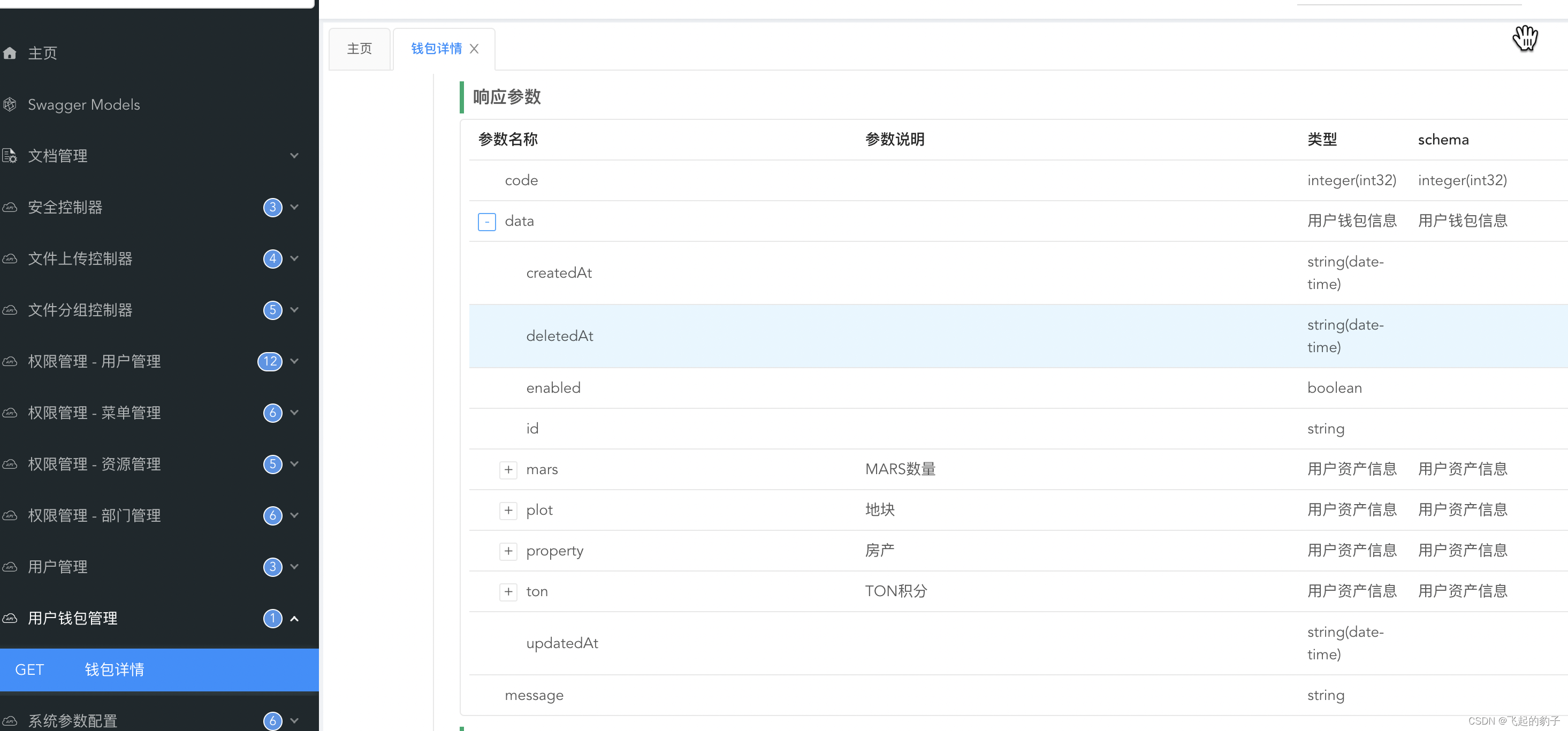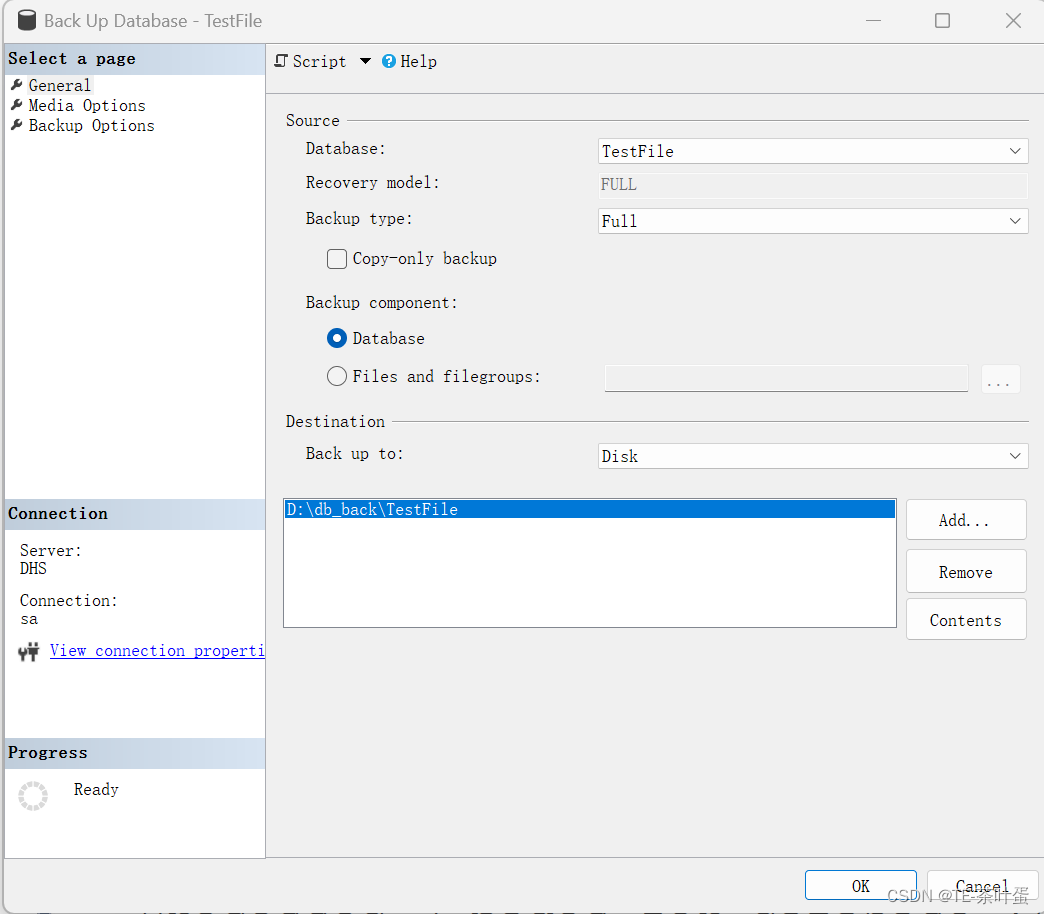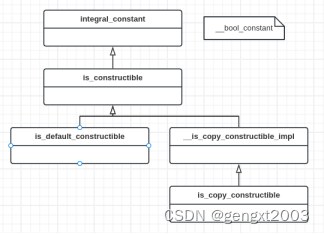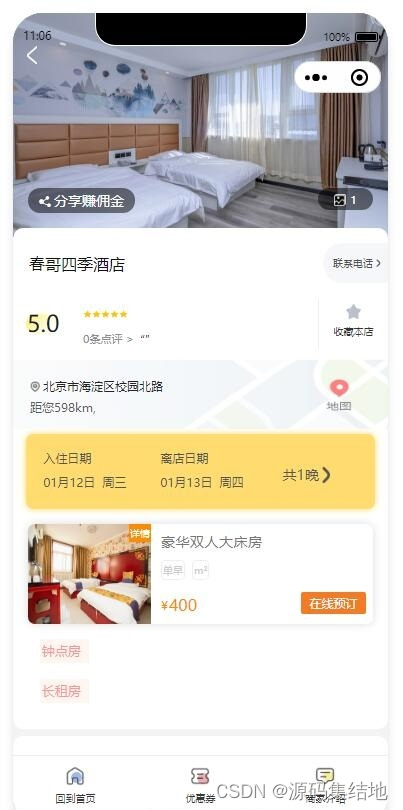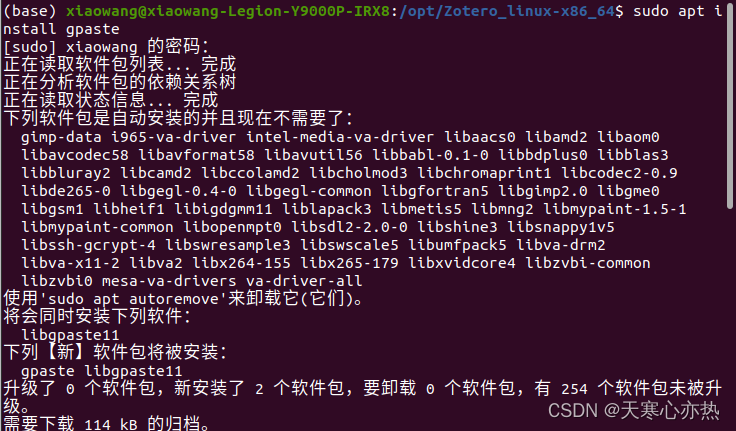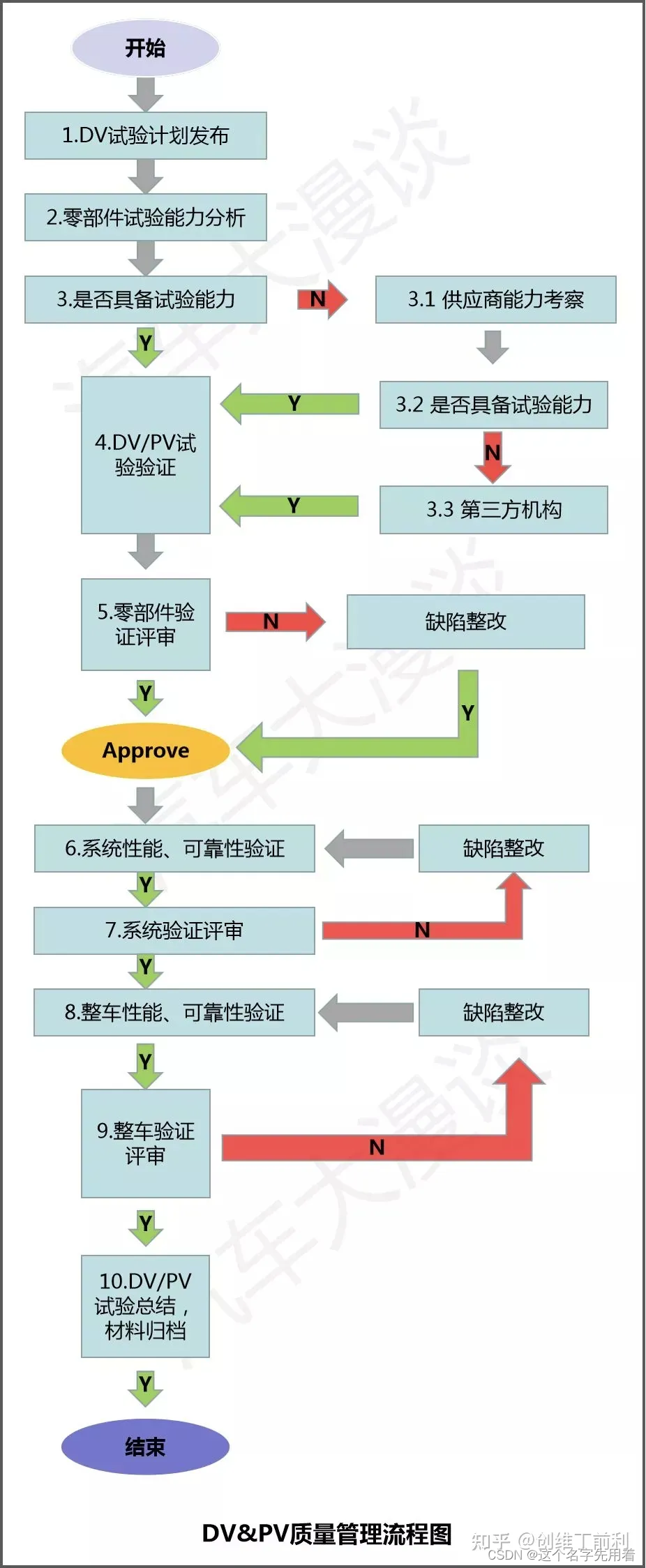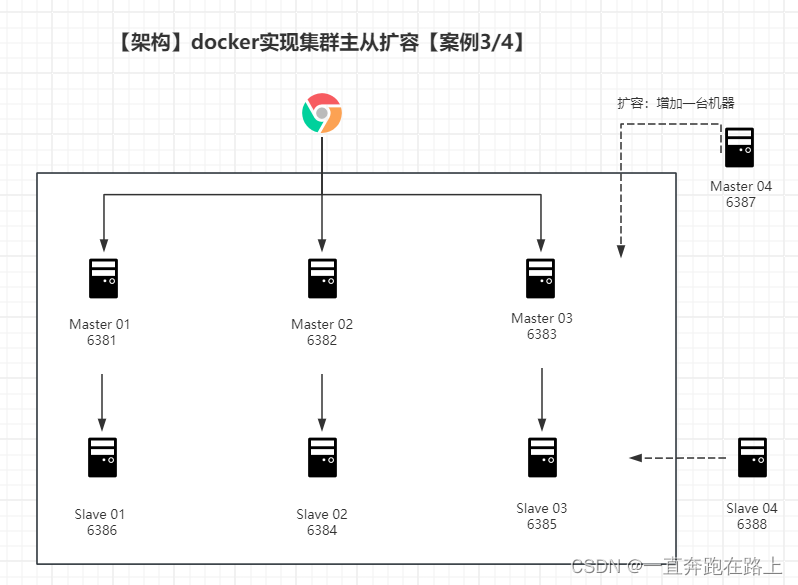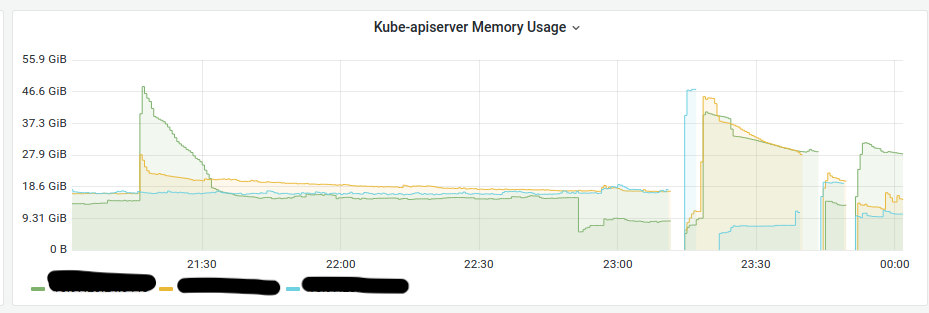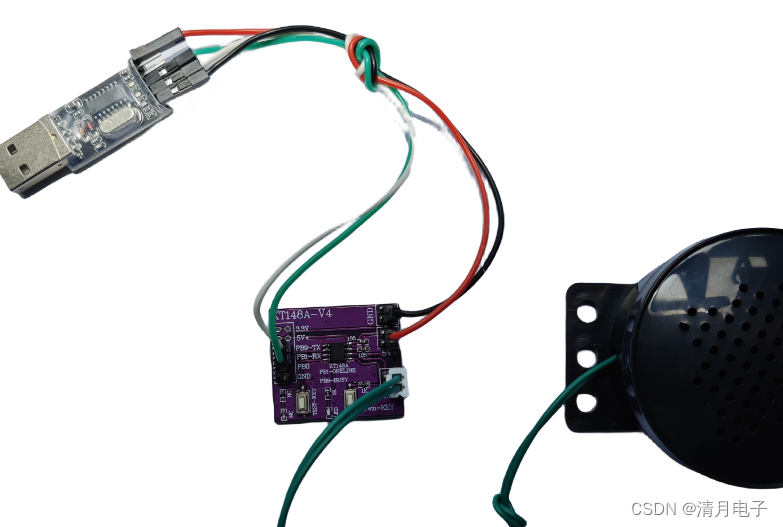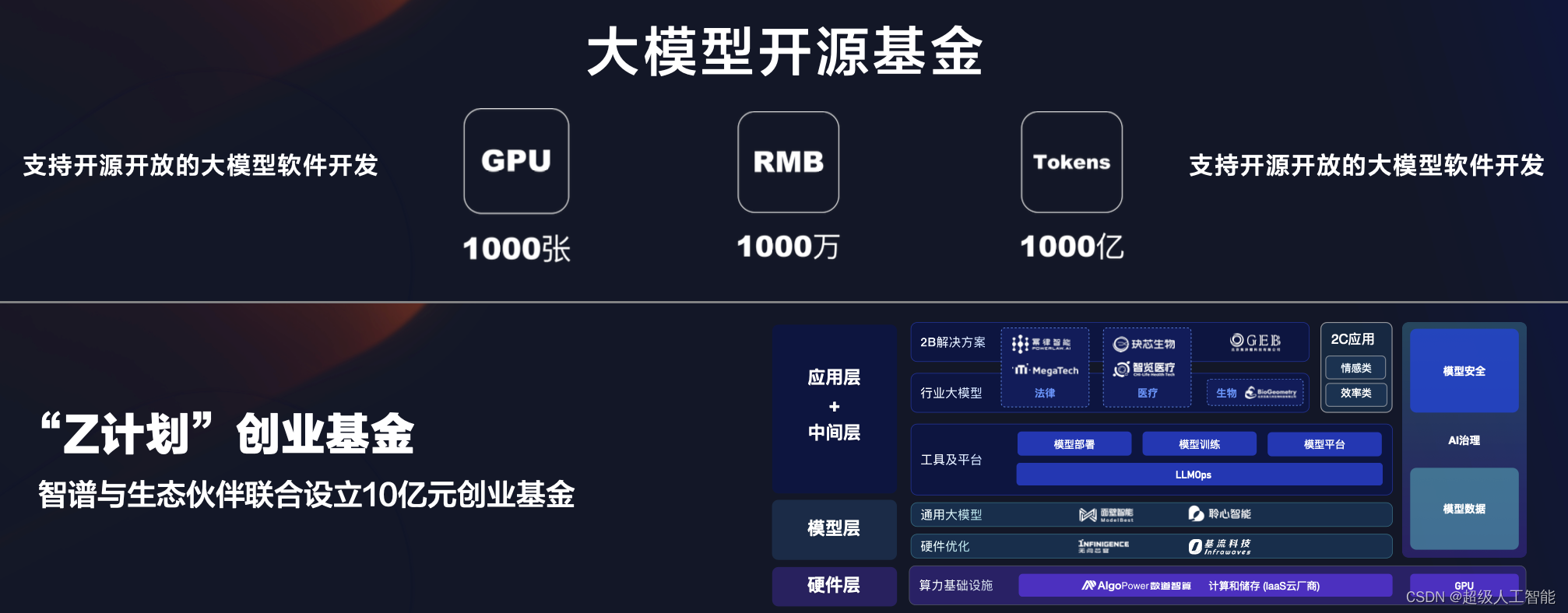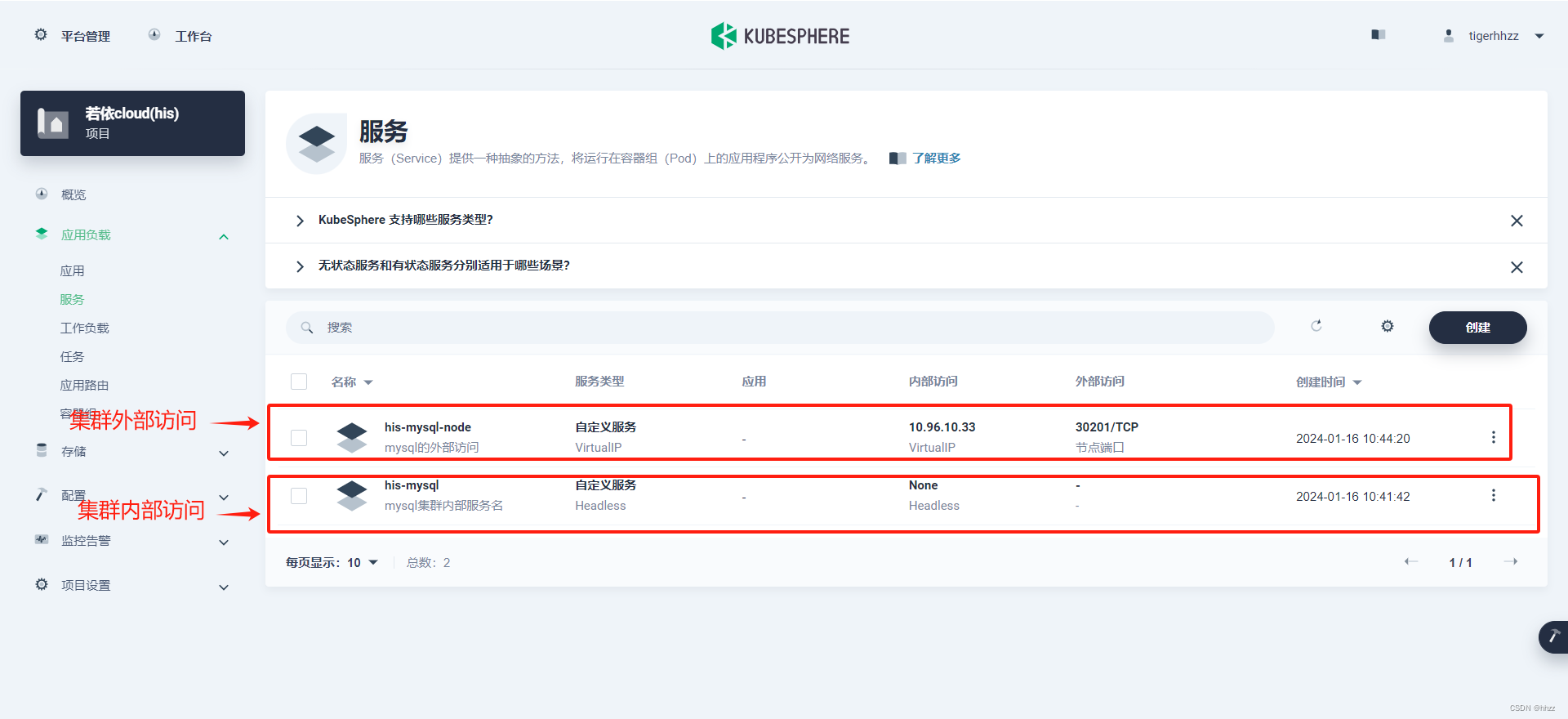文章目录
- 前言
- 使用
- 依赖引入
- 配置
- 注解使用
- controller中注解
- 实体类注解
- 页面展示
前言
现在前后端分离式开发,最头疼的部分就是接口文档了。最讨厌两种人,一种是不写接口文档的人,另一种则是让我写接口文档的人。实际上,我们有一款特别好用的接口文档的工具,就是swagger。
使用
依赖引入
<dependency>
<groupId>com.github.xiaoymin</groupId>
<artifactId>knife4j-spring-boot-starter</artifactId>
<version>3.0.3</version>
</dependency>
这里直接使用starter,就不用引入其他的依赖包,避免pom文件中有很多代码
配置
package com.hb.shop.biz.config;
import cn.hutool.core.util.StrUtil;
import org.springframework.context.annotation.Bean;
import org.springframework.context.annotation.Configuration;
import springfox.documentation.builders.ApiInfoBuilder;
import springfox.documentation.builders.PathSelectors;
import springfox.documentation.builders.RequestHandlerSelectors;
import springfox.documentation.service.ApiInfo;
import springfox.documentation.service.Contact;
import springfox.documentation.spi.DocumentationType;
import springfox.documentation.spring.web.plugins.Docket;
import springfox.documentation.swagger2.annotations.EnableSwagger2;
/**
* swagger配置数据
*
**/
@Configuration
@EnableSwagger2
public class SwaggerConfig {
@Bean
public Docket createRestApi() {
return new Docket(DocumentationType.SWAGGER_2)
.apiInfo(apiInfo())
.select()
.apis(RequestHandlerSelectors.basePackage("扫描包的路径"))
.paths(PathSelectors.any())
.build();
}
private ApiInfo apiInfo() {
// concact可以随意填写
return new ApiInfoBuilder()
.title("文档主题")
.description("文档描述")
.version("1.0")
.contact(new Contact("Cxk", "https://www.cxk.com", StrUtil.EMPTY))
.build();
}
}
注意,如果有配置拦截器,那么记得将忽略路径加入,这里我自定义了一个token的拦截器,忽略路径如下
@Override
public void addInterceptors(InterceptorRegistry registry) {
registry.addInterceptor(getUserAuthInterceptor())
.excludePathPatterns(ignores());
}
@Bean
UserAuthInterceptor getUserAuthInterceptor() {
return new UserAuthInterceptor();
}
private List<String> ignores() {
return CollUtil.newArrayList(
"/doc.html",
"/favicon.ico",
"/webjars/**",
"/v2/**",
"/v2/api-docs",
"/api-docs/**",
"/swagger-resources/**",
"/error"
);
}
至此,配置部分就可以了。
注解使用
controller中注解
// Api注解用于标识,这是一个控制层,并且其中tags属性为控制层的名称
@Api(tags = "用户钱包管理")
@RequestMapping("/app/wallet")
@RestController("WalletController")
@RequiredArgsConstructor(onConstructor = @__(
@Autowired
))
public class WalletController {
private final IWalletService walletService;
@GetMapping("/detail")
// ApiOperation 用于标识控制层方法,value就是方法名称,notes是介绍,可以不用填写,tags则是分类,与api中的tags保持一致,就在同一个分组下
@ApiOperation(value = "钱包详情", notes = "钱包详情", tags = "用户钱包管理")
// ApiImplicitParam与ApiImplicitParams注解差不多,后者可以在其中写多个前者,主要用于标识入参
@ApiImplicitParam(dataType = "string", name = "userId", value = "用户id", required = true)
public R<WalletVO> detail(@RequestParam String userId) {
return R.ok(walletService.detail(userId));
}
}
实体类注解
@Data
@Accessors(chain = true)
@EqualsAndHashCode(callSuper = true)
// 标识是一个实体类
@ApiModel(value = "用户钱包信息", description = "用户钱包信息")
public class WalletVO extends BaseVO {
private static final long serialVersionUID = -4976341956333394474L;
// 标识实体类的名称,这里也可以指定dataType等
@ApiModelProperty(value = "积分数量", notes = "积分数量")
private BigDecimal point;
@ApiModelProperty(value = "钱包地址", notes = "钱包地址")
private String address;
@ApiModelProperty(value = "房产数量", notes = "房产数量")
private Integer property;
}
页面展示
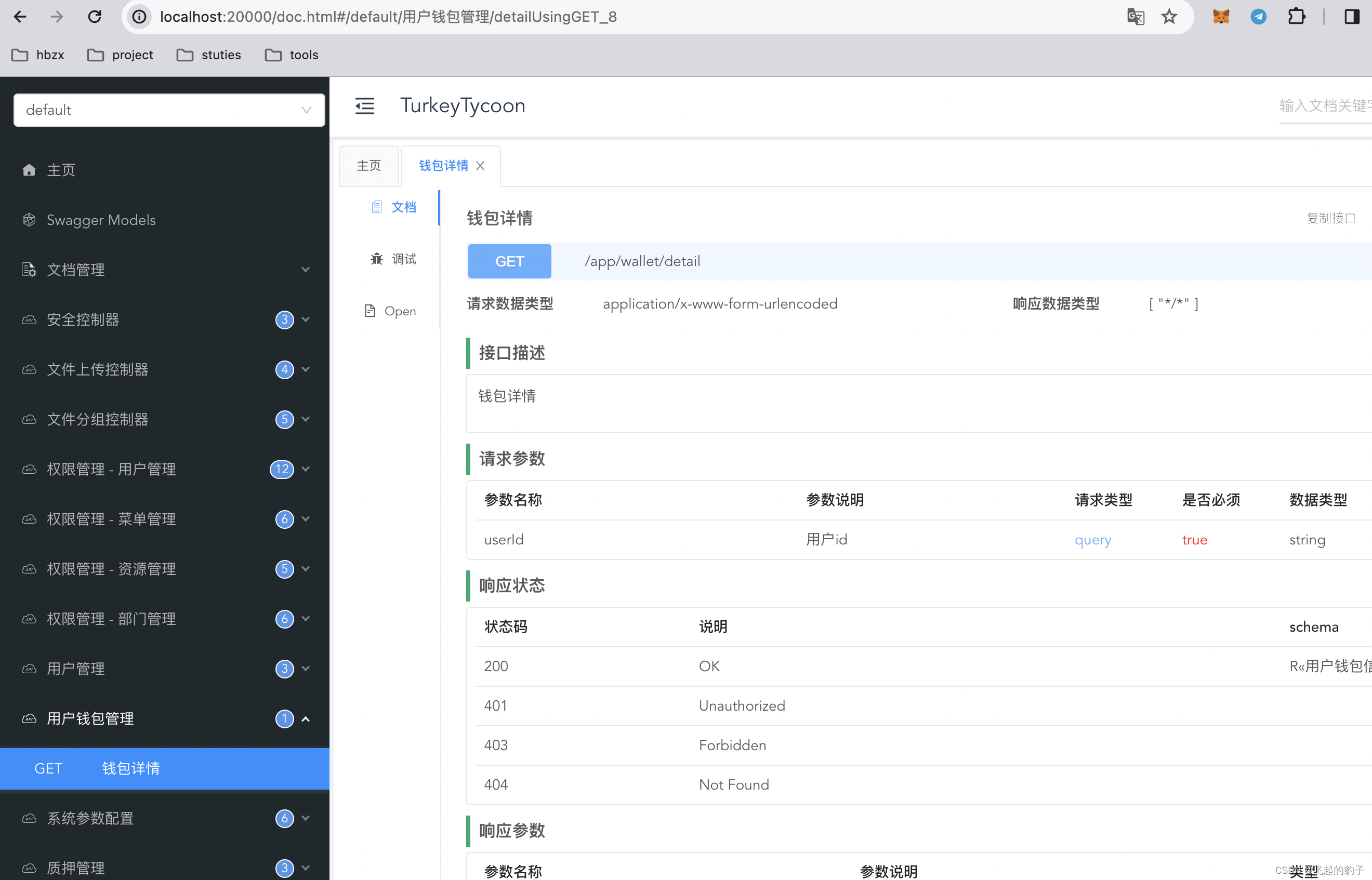
第二张截图这里,我的类型稍微有一些变化,在代码中就没有修改了
